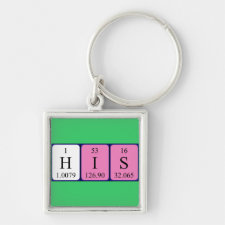
Authors: Zhang M, He XW, Qin L, Li WY, Chen LX, Zhang YK
Article Title: Preparation of protein molecularly imprinted composite membrane by sol-gel coating method and its permeation mechanism.
Publication date: 2008
Journal: Chemical Journal of Chinese Universities
Volume: 29
Issue: (3)
Page numbers: 498-504.
Alternative URL: http://www.proteomics.dicp.ac.cn/publications/2008/20.pdf
Abstract: Composite MIMs were prepared by poly[acrylamide] sol-gel coated Nylon microfiltration membranes with BHb, BSA and LYZ as the template molecules, respectively. The surface and cross-section morphology of the MIMs were studied by scanning electron microscopy. It is found that both the outer and inner surface of the Nylon membrane were coated by the sol-gel. The permeation experiments were carried out with both the single template and the double components containing the template and its competitive analogue. The results of permeation experiments show that the permeation of the template is attributed to both the size effect and its complementary functional groups and shape with the imprinted sites. The specific imprinted sites could selectively rebind the template, resulting in the slower permeation of the template. And the size effect means that the smaller the size is, the faster the template transports
Template and target information: protein, bovine hemoglobin, bovine serum albumin, lysozyme, BHb, BSA, LYZ
Author keywords: Molecularly imprinted composite membrane, mechanism of permeation, protein molecular imprinting, membrane separation



Join the Society for Molecular Imprinting

New items RSS feed
Sign-up for e-mail updates:
Choose between receiving an occasional newsletter or more frequent e-mail alerts.
Click here to go to the sign-up page.
Is your name elemental or peptidic? Enter your name and find out by clicking either of the buttons below!
Other products you may like:
 MIPdatabase
MIPdatabase









